Beef Remains the Top Protein in Foodservice
Beef experienced significant volume growth in the past year and continues to be a mainstay on the menu, according to the 2013 Usage and Volumetric Assessment of Beef in Foodservice report, proprietary research from the Beef Checkoff Program.
The annual survey of protein purchasing executives showed that beef remains the No. 1 protein in foodservice—in volume, market share and the dollars it brings to operations. Specific findings include:
• In the last year, the pounds of beef sold in foodservice increased by 79 million pounds to a total volume of 8 billion pounds.
• Beef represents about one-third (32%) of the total protein market share in foodservice.
• 97% of restaurant operators feature beef on the menu.

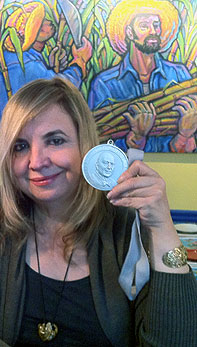 And with power comes responsibility, says this Hoboken chef, restaurateur, author, businesswoman and Latin cuisines historian.
And with power comes responsibility, says this Hoboken chef, restaurateur, author, businesswoman and Latin cuisines historian.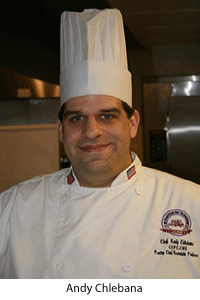 Pastry-chef instructors from Joliet Junior College, SAIT Polytechnic and The Pennsylvania School of Culinary Arts hope to become the 12th, 13th and 14th CMPCs in the United States.
Pastry-chef instructors from Joliet Junior College, SAIT Polytechnic and The Pennsylvania School of Culinary Arts hope to become the 12th, 13th and 14th CMPCs in the United States.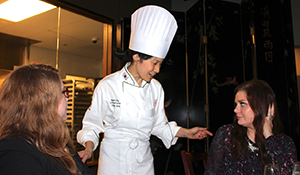 “How are you today?”, though arguably better than nothing, is so overused and insincere that it fails to distinguish the service culture of your retail foodservice outlets. To employ an effective interaction strategy (and increase sales), understand that customers respond on conscious and unconscious levels to every aspect of their engagement with your instructors and student employees.
“How are you today?”, though arguably better than nothing, is so overused and insincere that it fails to distinguish the service culture of your retail foodservice outlets. To employ an effective interaction strategy (and increase sales), understand that customers respond on conscious and unconscious levels to every aspect of their engagement with your instructors and student employees. In the candy and chips aisles, Sriracha is undoubtedly the pepper of the year, as evidenced at the Sweets & Snacks Expo in May. And “free from” claims reign supreme in this industry. A foremost food-trends expert surveys the landscape of cross-over flavor demands between the snack shop and restaurant.
In the candy and chips aisles, Sriracha is undoubtedly the pepper of the year, as evidenced at the Sweets & Snacks Expo in May. And “free from” claims reign supreme in this industry. A foremost food-trends expert surveys the landscape of cross-over flavor demands between the snack shop and restaurant.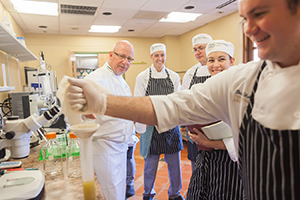 Since graduating in May, alums have already earned esteemed jobs, including at the “world’s best restaurant,” located in Denmark, and the world’s largest privately owned flavor and fragrance developer in Switzerland.
Since graduating in May, alums have already earned esteemed jobs, including at the “world’s best restaurant,” located in Denmark, and the world’s largest privately owned flavor and fragrance developer in Switzerland. While beginning a professional journal can be rewarding on several levels, maintaining a journal requires commitment. Here, Dr. Mayo offers tips and ideas for making the process of recording more valuable over time, as well as less taxing.
While beginning a professional journal can be rewarding on several levels, maintaining a journal requires commitment. Here, Dr. Mayo offers tips and ideas for making the process of recording more valuable over time, as well as less taxing.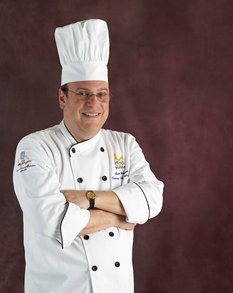 Chef Weiner lists his first 50 articles written for CAFÉ’s “The Gold Medal Classroom,” for the benefit of readers.
Chef Weiner lists his first 50 articles written for CAFÉ’s “The Gold Medal Classroom,” for the benefit of readers.